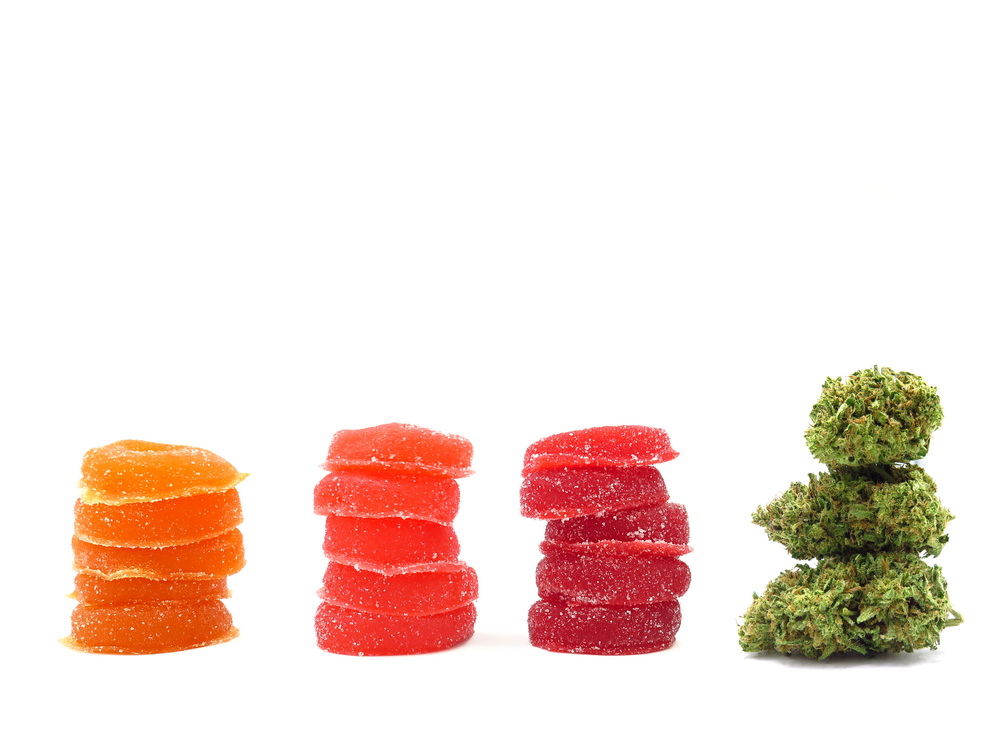People use cannabis therapeutically for a whole host of reasons. Officially, managing chronic pain is the number one reason. Having said that, how people manage their pain with cannabis is not uniform. Many people smoke. Others use vaping products and tinctures. Then there are edibles.
Edibles can be anything from prepackaged gummies to baked goods and THC-infused beverages. The biggest downside is that the desired effects take a while to kick in. That makes relying on edibles for pain management a tricky proposition.
- An Hour or More
In order for the THC in an edible product to do its thing, the food itself must be digested. Then, all its constituents need to be absorbed through the stomach and into the bloodstream. It could take an hour or more for an edible product to start producing the desired effects.
Unfortunately, you can never know for sure how long it will take. There is a lot that goes into it. Your metabolism affects how quickly edibles begin to work. So does your weight, other foods you have consumed that same day, the concentration of THC in the product itself, and so on.
On the other hand, you get nearly instantaneous action from smoking, vaping, and tinctures. Smoking and vaping are self-explanatory. You get the THC into your bloodstream through the lungs. As for tinctures, they are administered under the tongue. That particular area of the mouth offers a quick pathway to the bloodstream.
- Why People Use Edibles
Given how difficult it is to time the effects of edible products, why would people use them to manage pain? First of all, they are incredibly discreet. You can pop an edible in public, in broad daylight, without anyone being the wiser. You cannot smoke or vape in public settings. Using a tincture discreetly is also a bit challenging.
Then there is the smell factor. Smoking and vaping leave distinct odors behind. Some people choose edibles because either the smell bothers them, or they don’t want family members and friends to know they consume.
Still others choose edibles based on the belief that these are safer than smoking and vaping. Longtime smokers and vapers would probably dispute that claim, but it is what it is.
- Tips for Edible Consumers
Managing chronic pain with edibles is challenging, but not impossible. The experts behind the Utahmarijuana.org website offer the following suggestions:
- Test Different Products – Test different edibles to see how you react to them. You might do better with cookies than gummies. You also might find that some strains work better than others.
- Track Consumption – Track your edible consumption over several weeks to better understand how different products work for you. Remember to write down how long it takes for each product to kick in.
- Track Your Pain – Likewise, track how, when, and how intense you feel pain. Writing things down for several weeks can help you understand different circumstances that might trigger more severe pain.
Utahmarijuana.org also recommends paying close attention to both terpene and cannabinoid profiles. These can affect how well a given product addresses your pain.
With all your data assembled and analyzed, you can begin to work out timing issues. Let’s just say that you know a long day sitting in your office chair aggravates chronic back pain. You also know the severe pain begins to kick in mid-afternoon. You can schedule an edible dose with enough time to let it kick in before your back pain becomes severe.
With edibles, it is all about timing. Managing pain with edibles is tricky, but it can be done.


